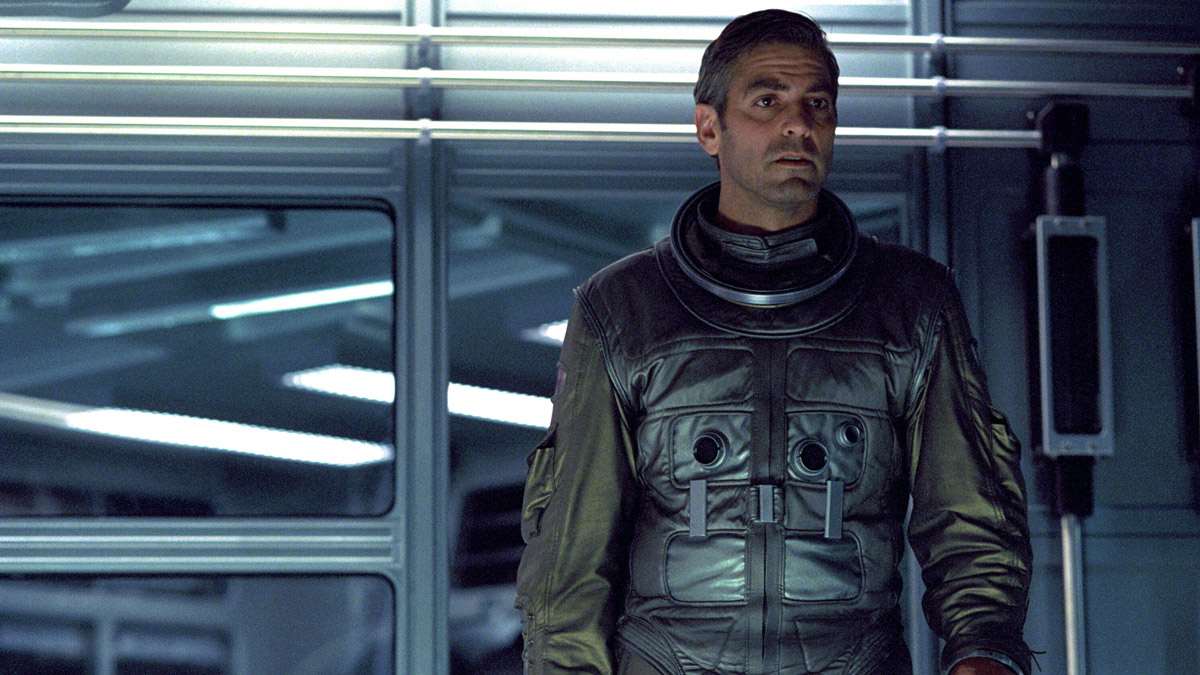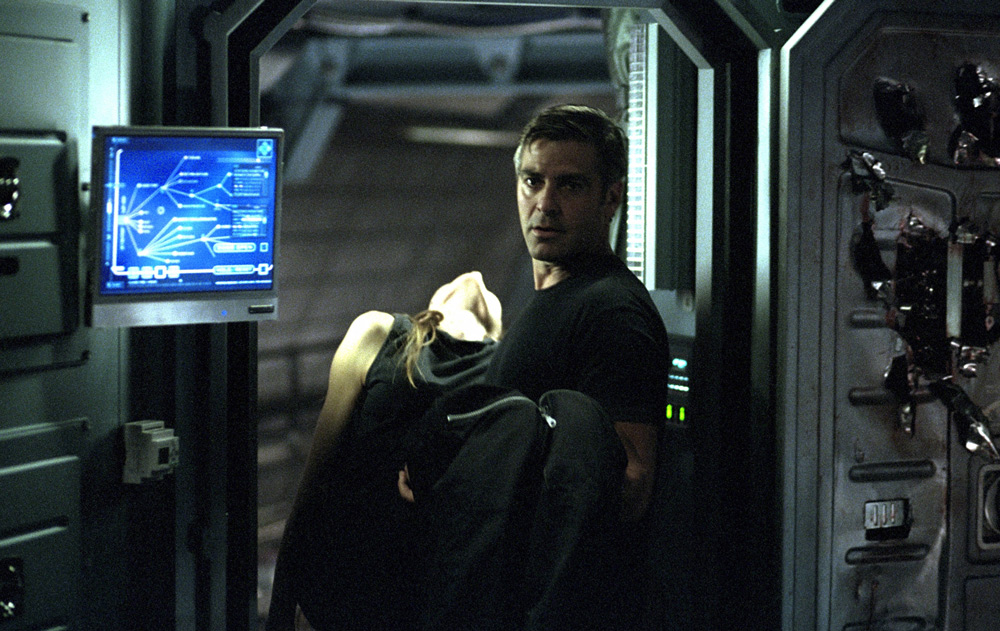
(c) Photofest / Getty Images
Soderbergh's version of ``Solaris'' A visual poem filled with a sense of loneliness
2022.01.10
Updates made by Soderbergh
Soderbergh may have gone against Rem's intentions in placing emphasis on the love story between Kelvin and Leia. However, what the Soderbergh version and the original have in common is an attitude of exploration that seeks to step into unknown territory without indulging in nostalgia. If Lem's novels have at their core a sci-fi spirit that aims at realms beyond human comprehension, Soderbergh's version reaches that same spirit through a personal exploration of love.
The ending of Soderbergh's version could be interpreted as an event in Solaris, a fleeting illusion seen by Kelvin, or the afterlife or another dimension depending on the person. In any case, I think that Kelvin's determination to move on from his sadness and his sci-fi style of intellectual exploration synchronize to create a wonderful climax filled with an indescribable catharsis.

"Solaris" (c)Photofest / Getty Images
Soderbergh also gave it a very modern update in 2002. The Earth of the future is more rooted in reality, the cities are a cross-over of diverse races and cultures, and the Solaris expedition, which used to be a public project of NASA, is about to be sold to a giant corporation seeking profit. The design, which combines analog and digital elements, is excellent, and what drew Kelvin's attention to Leia was a doorknob that Leia happened to be holding on the train.
The antique doorknob, which would be out of place in a futuristic city, has a lot of meaning, but Soderbergh says it wasn't in the original script, and he asked Natasha McElhone, who plays Leia, to retrieve it from the prop room. It was chosen by chance. This anecdote is typical of Soderbergh's emphasis on making decisions on the spot, but as a result, it not only creates the film's unique retro-futuristic feel, but also serves as an important element that connects the micro and macro areas of personal memory and the deep universe. .
A visual poem of loneliness created by Soderbergh as a minimalist

